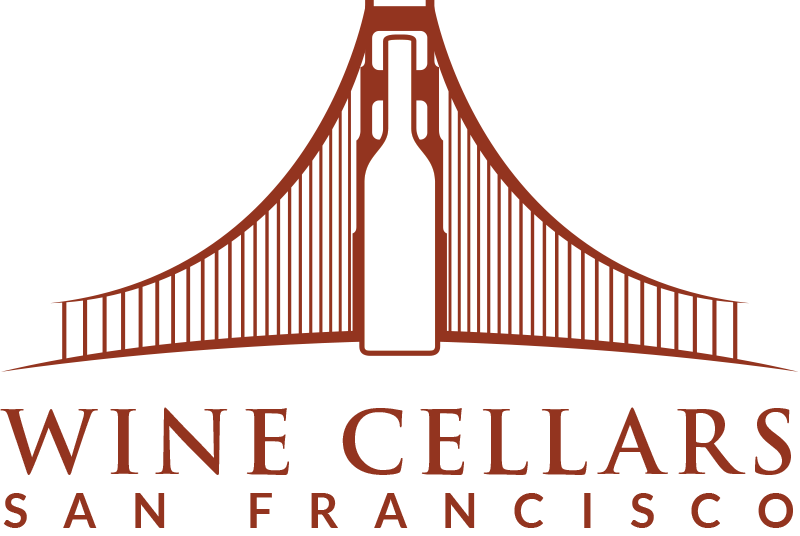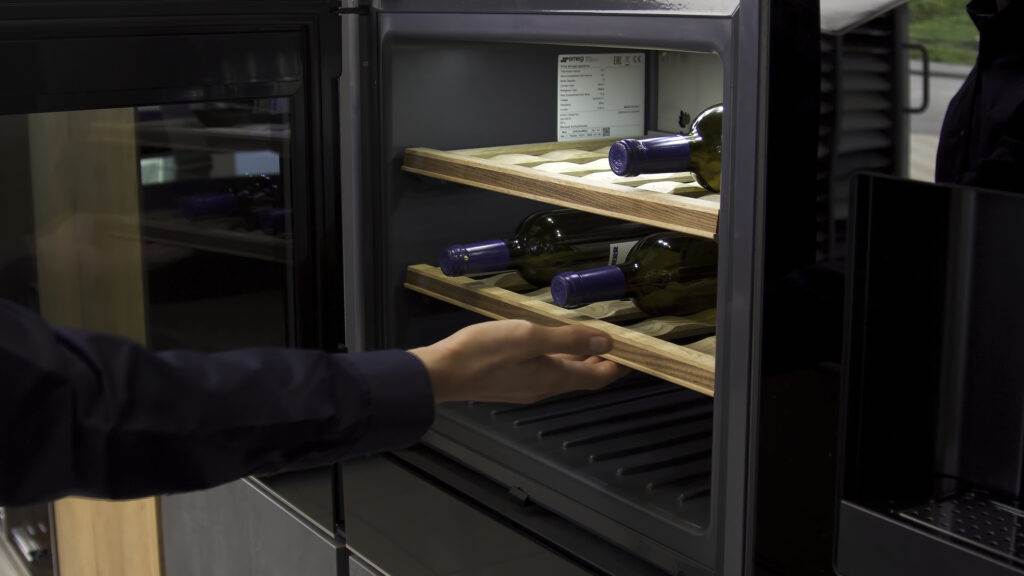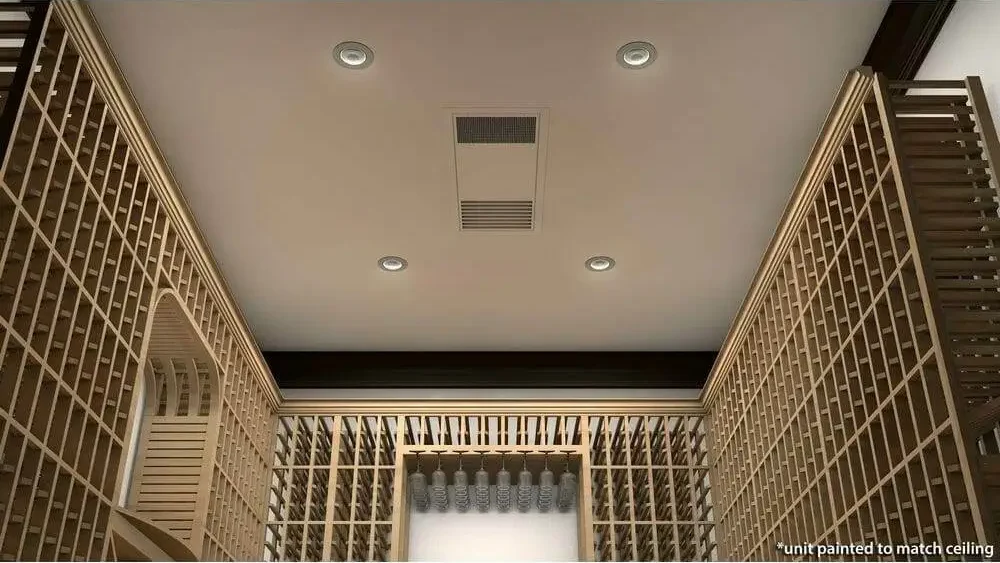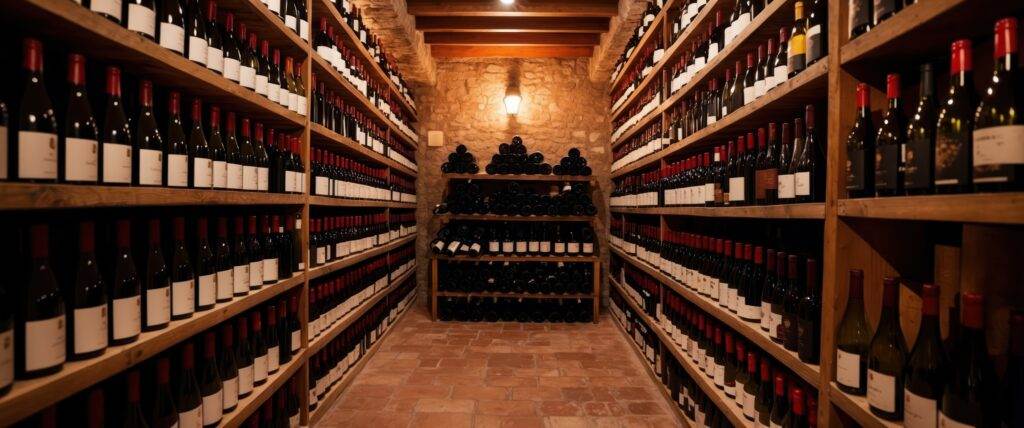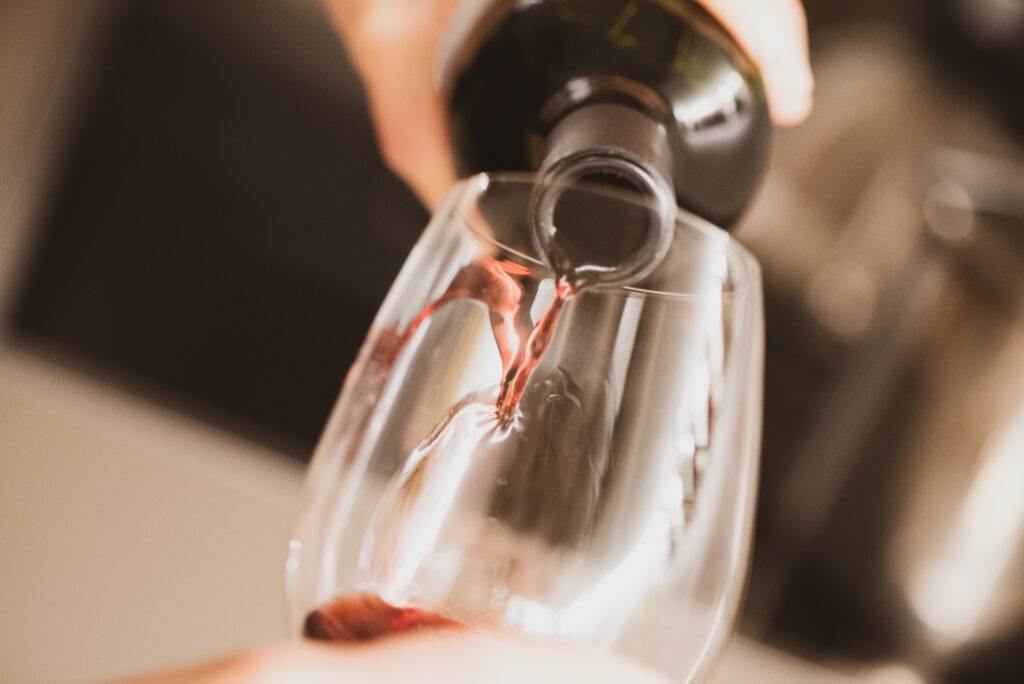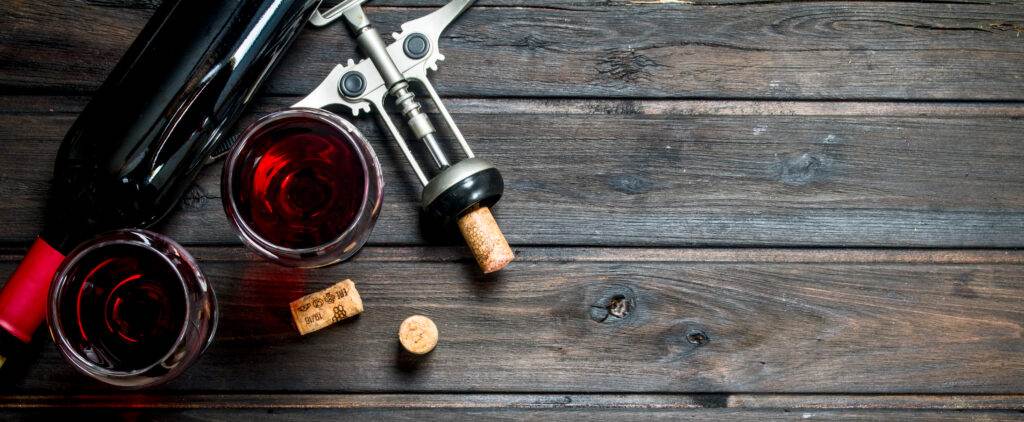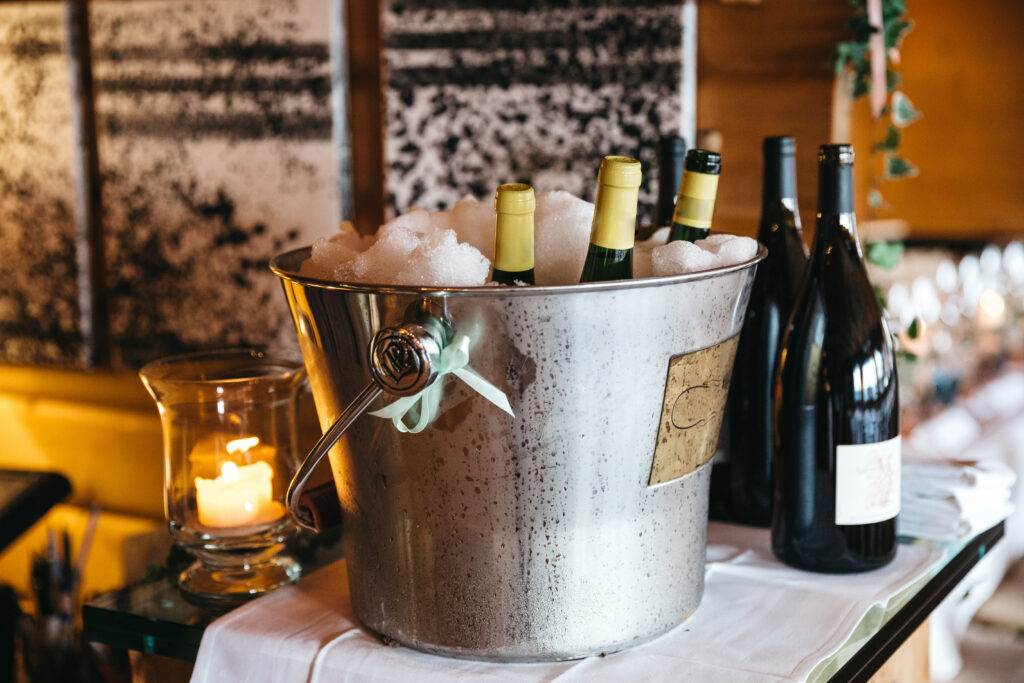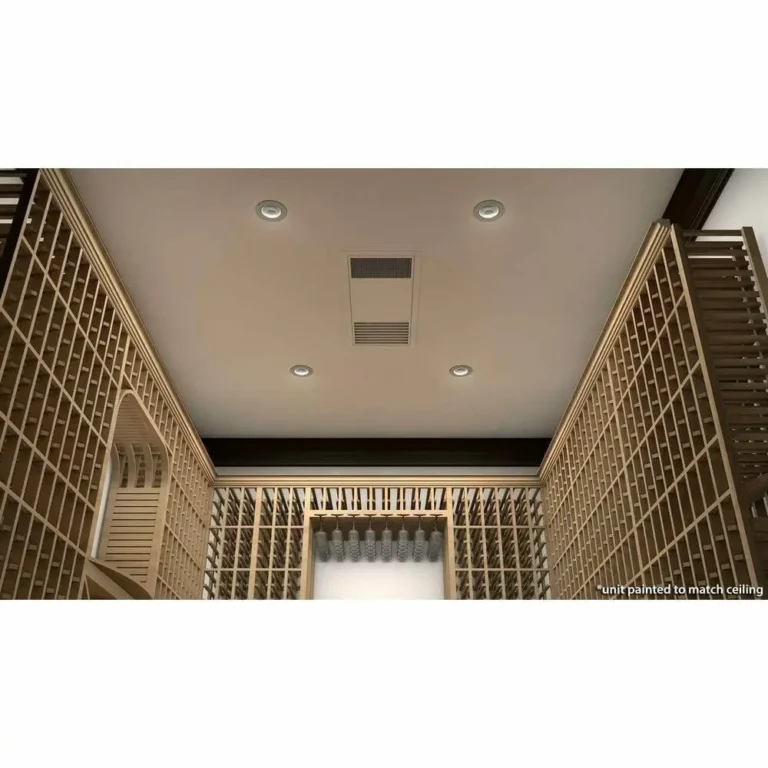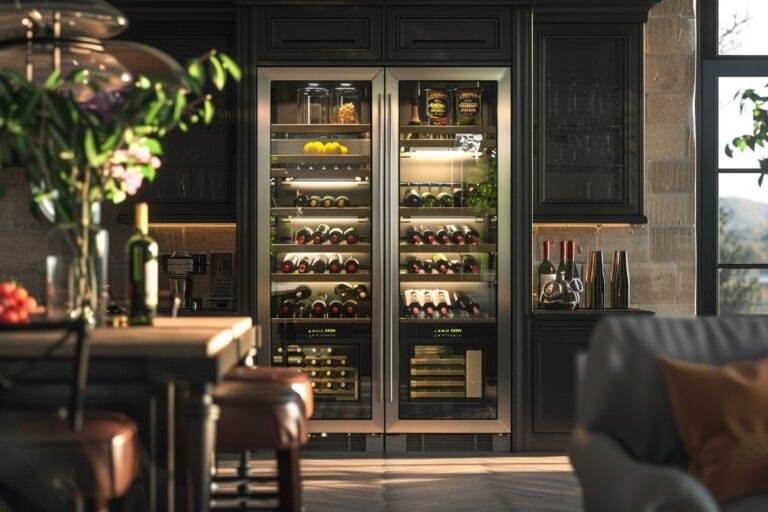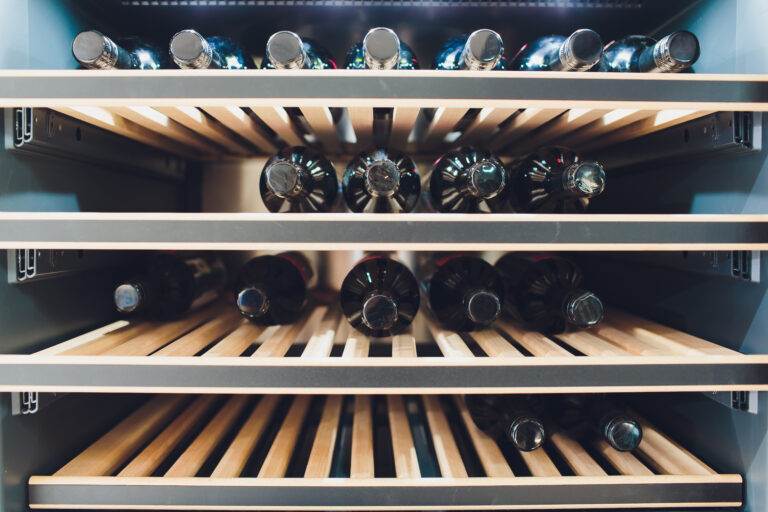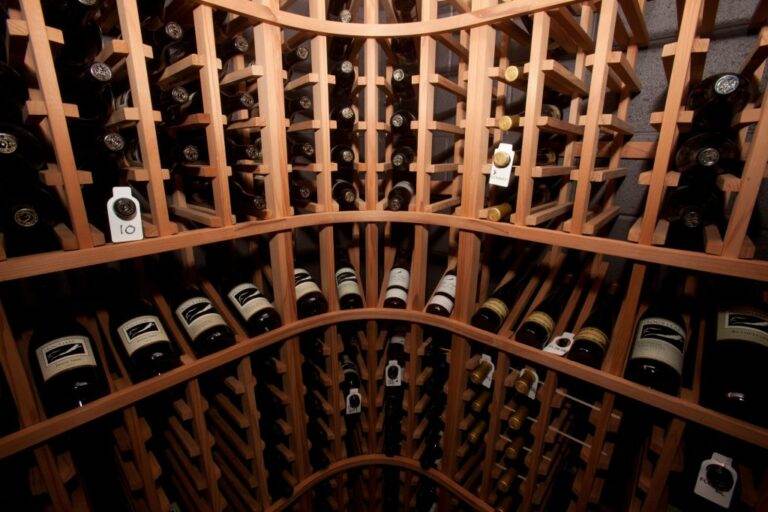The Science Behind Wine Preservation
When it comes to enjoying wine at its best, understanding the science behind wine preservation is crucial. Among various factors that influence the longevity and quality of wine, temperature plays a pivotal role.
Understanding the Impact of Temperature
Temperature is one of the most significant elements influencing the preservation of wine. Ideally, wine should be stored in a controlled environment that maintains a consistent temperature, typically between 45°F (7°C) and 65°F (18°C) for aging. Fluctuations outside of this range can significantly alter a wine’s flavor, aroma, and overall quality. Here are some key points to consider regarding temperature’s impact:
Chemical Reactions:
Heat accelerates chemical reactions within wine, which can lead to premature aging. A wine stored at too high a temperature may evolve in ways that overpower its original characteristics, resulting in an unbalanced taste profile.
Low Temperatures:
Conversely, storing wine at excessively low temperatures can inhibit its development, rendering it less aromatic and potentially muddled in flavor.
Aging Potential:
For wines meant for aging, keeping the temperature stable is paramount. Sudden spikes can create issues with expansion and contraction of the bottle’s contents, risking the integrity of the cork seal and leading to oxidation.
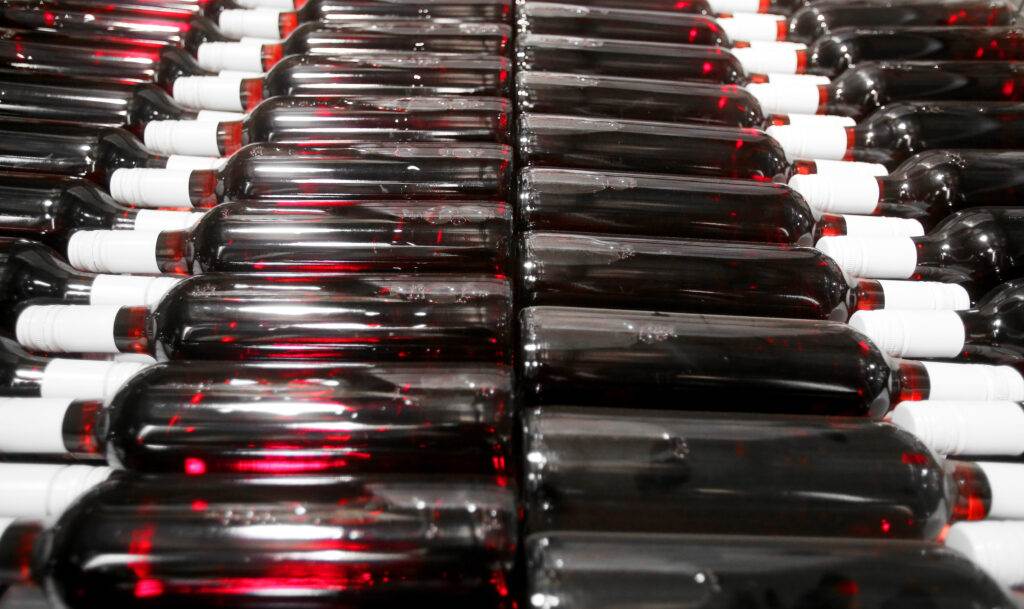
Importance of Consistent Storage Conditions
Consistency is just as vital as the actual temperature when it comes to wine preservation. A stable storage environment can prolong a wine’s life and enhance its qualities. Here’s why maintaining uniform conditions matters:
- Avoiding Temperature Fluctuations: Regularly changing temperatures—often referred to as “temperature swings”—can cause disruptions in the wine’s composition. These fluctuations may lead to the leakage of corks, allowing air to penetrate the bottle and trigger oxidation.
- Humidity Levels: Alongside temperature, humidity plays a crucial role. A 60-70% humidity is ideal for wine storage. Adequate humidity prevents corks from drying out and shriveling, which may also allow air to seep in.
- Dark Environment: Light exposure can degrade wine over time. Opt for a storage area that is dark or has a protective covering to maintain optimal conditions.
- Vibration: Any vibration can disturb the sediment in wine bottles and alter the aging process. Keeping wine stored away from appliances or heavy foot traffic areas can help minimize this effect.
By recognizing the impact of temperature and the importance of consistent storage conditions, wine enthusiasts can take substantial steps towards maximizing their collection’s potential. It’s essential to create the perfect environment for wine, allowing it to evolve precisely as intended by the winemaker. Ensuring your wine is cared for in both temperature and consistency will lead to a more enjoyable tasting experience every time the cork is popped.
Effects of Temperature on Wine Quality
As we dive deeper into the intricacies of wine preservation, it becomes increasingly clear just how critical temperature is to maintaining the quality of wine. Not only does temperature stabilize wine’s development, but it also has profound effects on its overall characteristics.
How Temperature Variations Alter Wine Characteristics
Temperature variations can dramatically alter the profile of wine, influencing everything from its aroma to its flavor and mouthfeel. Here’s how:
- Expression of Aromas and Flavors: At lower temperatures, wine tends to exhibit more pronounced acidity and crispness. This is often preferred for white wines. Conversely, an increase in temperature can bring forward more intense fruit flavors and subtle complexities, especially in red wines. However, too much warmth can lead to muddled flavors that detract from the intended profile.
- Tannin Structure: A higher temperature can also emphasize tannins in red wines, making them feel more astringent. In contrast, cooler temperatures tend to soften tannins, creating a smoother mouthfeel. This is why the choice of serving temperature is crucial for maximizing the enjoyment of a particular wine.
- Viscosity Changes: Temperature can also affect the viscosity of wine. Warmer temperatures can make a wine appear fuller-bodied, while cooler temperatures may lend it a lighter feel on the palate.
It’s fascinating how slight shifts in temperature can lead to such divergent experiences. Imagine uncorking a Pinot Noir that has been slightly over-chilled; it might taste unbalanced and muted. Conversely, serving it at the perfect temperature brings those delicate floral notes to life, enhancing the overall tasting experience.
Preventing Oxidation with Proper Temperature Control
Preventing oxidation is paramount in preserving wine quality. Oxidation occurs when wine is exposed to air, leading to significant changes in its flavor and aroma, often resulting in unpleasant characteristics such as vinegar-like tones or mustiness. Temperature control plays a key role in this process:
- Stability is Key: Keeping wine at a stable temperature prevents the expansion and contraction of the liquid inside the bottle, which in turn helps maintain the integrity of the cork. When a cork shrinks due to temperature fluctuations, air can seep in, leading to oxidation.
- Optimal Storage Temperatures: By ensuring wine is stored at an optimal temperature—ideally between 50°F (10°C) to 60°F (15°C)—the risk of oxidation is significantly minimized. For open wines, it’s best to refrigerate them. Red wines can be stored slightly warmer than whites, but ideally within a range where they won’t spoil.
- Use of Preservation Systems: Consider using inert gas systems or vacuum sealing methods for opened bottles to keep oxygen out. By limiting oxygen exposure, wine can remain fresh longer, allowing drinkers to savor the same bottle over several occasions.
In conclusion, temperature isn’t just a matter of comfort; it’s a crucial factor in preserving the essence of wine. Understanding how temperature variations influence wine characteristics and employing effective strategies to prevent oxidation can transform one’s wine experience from ordinary to exceptional. Whether you’re a casual drinker or a dedicated connoisseur, these insights can empower you to enjoy every sip to its fullest potential.
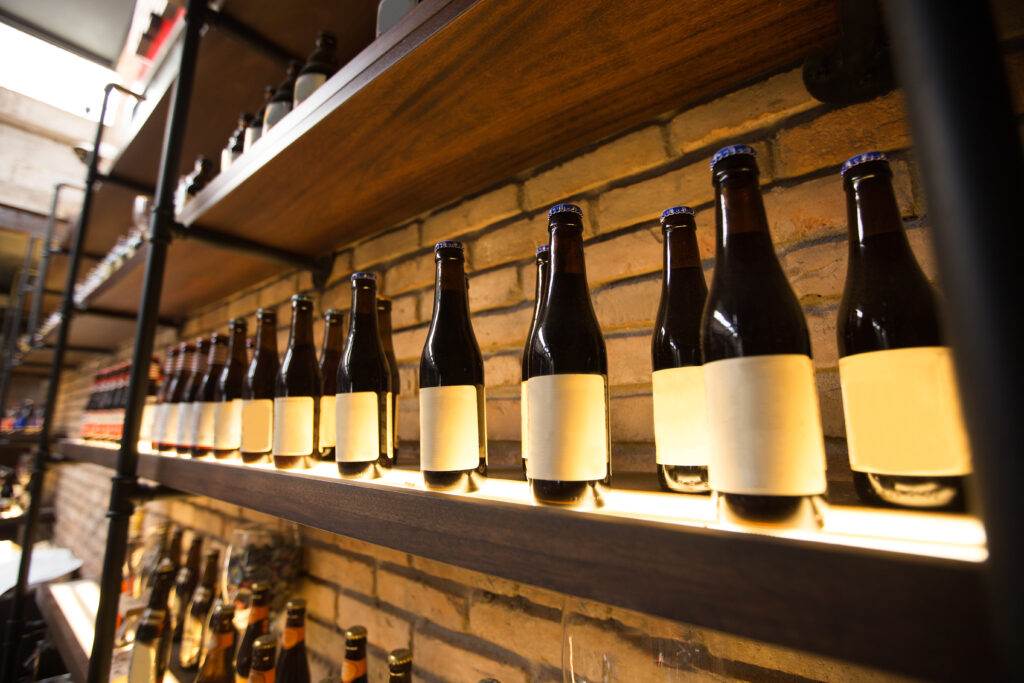
Best Practices for Temperature-controlled Wine Storage
Now that we understand the importance of temperature in preserving wine quality, let’s explore some best practices for temperature-controlled wine storage. Knowing the ideal temperature ranges for different types of wine and selecting the right storage setup can significantly impact the longevity and enjoyment of your collection.
Ideal Temperature Ranges for Different Types of Wine
Different wines thrive best within specific temperature ranges, and adhering to these guidelines can help achieve their full potential:
- White Wines: Generally, white wines, including sparkling varieties, benefit from cooler temperatures. Aim for 45°F (7°C) to 50°F (10°C). This temperature promotes crisp acidity and vibrant flavors, making each sip refreshing.
- Rosé Wines: Rosés are usually served slightly warmer than whites, ideally between 50°F (10°C) to 55°F (13°C). This slight elevation helps to express the intricate floral and fruity notes.
- Red Wines: Reds are best stored at slightly higher temperatures, usually ranging from 55°F (13°C) to 65°F (18°C). This range permits tannins to soften while developing the wine’s bouquet and character.
- Dessert and Fortified Wines: For dessert wines and fortified varieties like Port or Sherry, a slightly warmer temperature of around 55°F (13°C) to 65°F (18°C) can help deepen the experience of their rich flavors.
- Aging Wines: If you plan to age your wine, you should aim for a stable environment around 55°F (13°C) to 60°F (15°C), accompanied by around 60-70% humidity.
Knowing these temperature ranges can help wine enthusiasts select, serve, and age their bottles better, leading to a more gratifying experience.
Choosing the Right Wine Fridge or Cellar Setup
When it comes to storing wine, the right equipment can make all the difference. Here are some options and considerations for a proper wine storage setup:
- Wine Fridges: A dedicated wine fridge is an excellent solution for maintaining ideal temperatures. Ensure it has dual-zone temperature control if you plan to store both red and white wines, as this allows you to cater to their different requirements.
- Wine Cellars: For serious collectors, a wine cellar provides a more upscale and permanent storage solution. Temperature-controlled cellars should have insulation to maintain stable conditions and be placed away from light and vibrations.
- Portable Coolers: For those on the move or with limited space, portable coolers can help maintain ideal conditions temporarily. They are useful for picnics or parties, ensuring that your wine stays at the desired temperature.
- Thermometers and Hygrometers: Invest in a good-quality thermometer and hygrometer to continually monitor your wine’s storage environment. This will help catch any temperature or humidity fluctuations early, allowing you to make necessary adjustments.
- Proper Shelving: When organizing your wine collection, opt for wooden shelving. Metal shelves can conduct heat, while wood helps maintain a more stable temperature.
By implementing these best practices for temperature-controlled wine storage, wine enthusiasts can ensure that their bottles remain in optimal condition. The right temperature, paired with appropriate storage solutions, will help preserve the integrity of the wine, allowing it to express its true character when uncorked, ultimately enhancing the enjoyment of every pour.
Advanced Wine Preservation Techniques
As wine enthusiasts dive deeper into the world of preservation, it becomes clear that advanced techniques can further enhance the longevity and enjoyment of each bottle. In this section, we’ll explore two sophisticated methods: utilizing inert gas systems and exploring vacuum sealing methods. These techniques can help minimize oxidation and maintain the freshness of opened bottles.
Utilizing Inert Gas Systems
Inert gas systems are particularly popular among wine collectors and restaurants that frequently open bottles, as they offer a highly effective means of preventing oxidation. These systems work by displacing oxygen in a wine bottle with inert gases, such as argon or nitrogen, which do not react with the wine. Here are some key points about using inert gas systems:
- Oxygen Protection: By replacing oxygen with inert gas, the potential for oxidation is greatly reduced. This means that the wine retains its original flavors and aromas longer, allowing for extended enjoyment.
- Easy Application: Many brands offer handheld spray cans of inert gas specifically designed for wine preservation. Simply insert the nozzle into the neck of the bottle and spray the gas before resealing.
- Ideal for Opened Bottles: Using an inert gas system is particularly beneficial for bottles that you don’t intend to finish in one sitting. This method allows you to enjoy a glass over multiple days or even weeks without the overwhelming taste of oxidation.
- Investments for Collectors: Serious collectors might consider a more sophisticated setup, like a wine preservation unit that constantly infuses argon gas into the bottle after opening. Such systems are more extensive but effectively help maintain the integrity of high-value wines.
Exploring Vacuum Sealing Methods
Another popular advanced preservation technique is vacuum sealing, which removes air from a wine bottle before resealing it. This method is highly effective for minimizing oxidation, and it’s quite simple to implement.
- Vacuum Pumps: Many vacuum sealers for wine come as part of a kit that includes a hand pump and specially designed stoppers. Once you pour your desired glass, attach the stopper to the bottle and use the pump to extract air.
- Extended Freshness: By creating a vacuum seal, you significantly slow down the oxidation process. Many users report that wines taste just as good a week later with vacuum sealing compared to a corked bottle.
- Affordability and Accessibility: Vacuum sealing kits are affordable and readily available at most kitchen supply stores or online. This accessibility makes it an easy option for casual wine drinkers.
- Caution with Sparkling Wines: While vacuum sealing is effective for still wines, it’s important to note that it should be used with caution on sparkling wines, as the vacuum can cause the loss of carbonation. Some specific vacuum sealers designed for sparkling wines can help retain fizz.
In conclusion, advancing wine preservation techniques like inert gas systems and vacuum sealing methods can significantly elevate the enjoyment of wine over time. By integrating these methods into their wine storage processes, enthusiasts can savor their favorite bottles at their best, prolonging each sip’s delightful experience. These techniques not only guard the wine’s integrity but also allow for leisurely enjoyment, making every pour more special.
Temperature Control for Serving and Enjoying Wine
As we conclude our exploration of advanced wine preservation techniques, it’s equally important to discuss how temperature control plays a significant role when it comes to serving and enjoying wine. Serving wine at the optimal temperature can elevate the tasting experience immensely, making it an essential aspect for any wine lover to master.
Serving Wine at the Optimal Temperature
Each type of wine has an ideal serving temperature that enhances its unique characteristics. When wine is served too warm or too cold, its flavors and aromas can be stifled or lost altogether. Here’s a breakdown of optimal serving temperatures for various types of wine:
- Sparkling Wines: Best served between 40°F (4°C) to 50°F (10°C). Chilling sparkling wine enhances its refreshing qualities and preserves carbonation.
- White Wines: The ideal range is 45°F (7°C) to 55°F (13°C). Lighter varietals like Sauvignon Blanc are better on the colder side, whereas fuller-bodied whites like Chardonnay can handle slightly warmer temperatures.
- Rosé Wines: These are best served around 50°F (10°C) to 55°F (13°C). The slight warmth allows the fruity and floral notes to shine.
- Red Wines: Typically served at 55°F (13°C) to 65°F (18°C). Lighter reds like Pinot Noir tend to perform better at the cooler end of this range, while full-bodied options like Cabernet Sauvignon can be enjoyed slightly warmer.
- Dessert Wines: For sweet wines and fortified varieties, serving them between 50°F (10°C) to 60°F (15°C) allows their richness to be fully appreciated.
It’s a good idea to take wines out of the fridge and let them warm slightly before serving, and conversely, letting reds chill in the refrigerator for a short time can help reach the optimal drinking temperature.
Enhancing Wine Tasting Experience with Proper Temperature Control
Proper temperature control doesn’t just make wine enjoyable; it can enhance the entire tasting experience. Here are some key benefits to consider:
- Enhanced Aromatics: Serving wine at the appropriate temperature helps release its aromas, allowing you to appreciate the full bouquet of scents. Higher temperatures tend to promote more volatile compounds, leading to a more aromatic experience.
- Flavor Balance: Temperature affects the perception of acidity, sweetness, and tannins. Cooler temperatures amplify acidity, creating a zippy, refreshing profile, while warmer temperatures tend to these wines can feel heavier and rounder.
- Texture and Mouthfeel: The right serving temperature can impact how smooth or astringent a wine feels in the mouth. Properly relaxed red wines, for instance, can showcase their silky tannins, making for a more enjoyable sipping experience.
- Cultural Practices: Many cultures have specific serving practices that contribute to the enjoyment of wine. Understanding and adhering to these customs can further enhance your appreciation and elevates the social aspect of wine-tasting.
In a nutshell, the temperature at which wine is served can make or break the overall tasting experience. By being mindful of optimal serving temperatures and temperature control, wine enthusiasts can transform even a simple gathering into a delightful exploration of flavors and aromas. A well-served wine can open up conversation, create memorable moments, and make every sip an experience worth savoring. The journey of enjoying wine doesn’t have to stop at preservation; turn your focus to serving it right and watch your appreciation for wine blossom even more.
